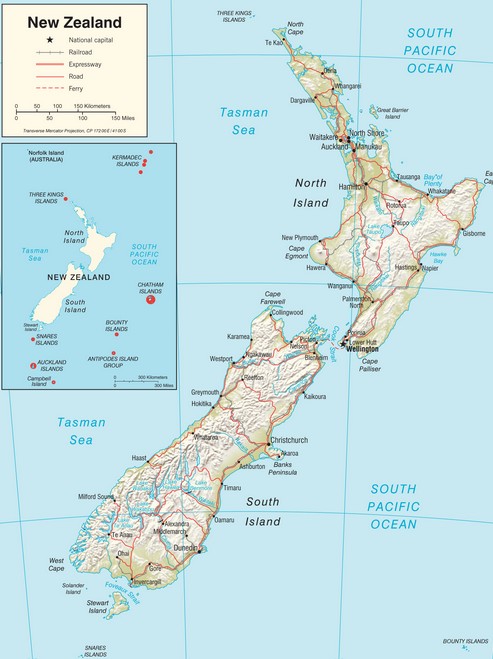[ page 5 ]
1/72 scale kits of the British Aircraft Corporation (BAC) Strikemaster family from MATCHBOX (later Revell)
... continued from page 4...
Previously another few of the older Airfix Strikemaster kits were presented. But I also had a few other kits.... and still enough decals from the XTRADECAL set left.

Matchbox
(Lesney UK) issued a 1/72 model a long time ago in I believe
1974. At that time I was a young kid and from my pocket money bought this
kit and made it in a camouflage scheme. I liked the price and the kit,
buying a lot of Matchbox kits over the years. This old made model is not
anymore in the collection, but I obtained several kits in later years.
(Revell re-released it many years later).
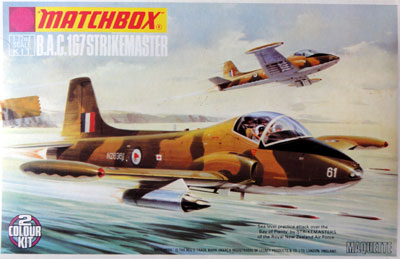
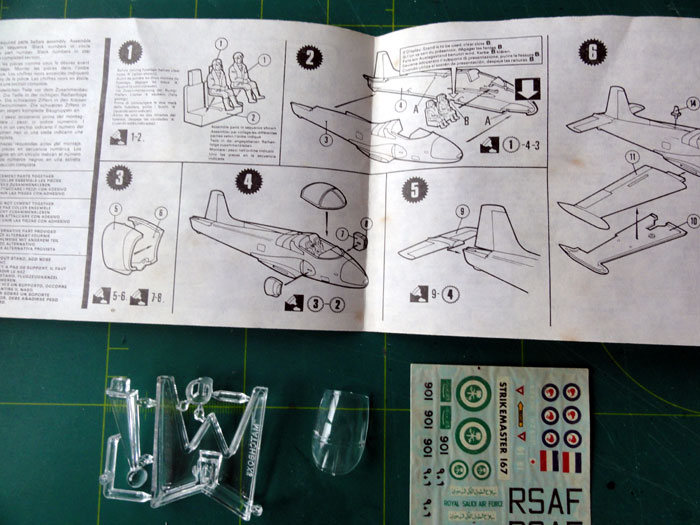
Kit decals were for a Saudi Arabia
air force and New Zealand air force aircraft.
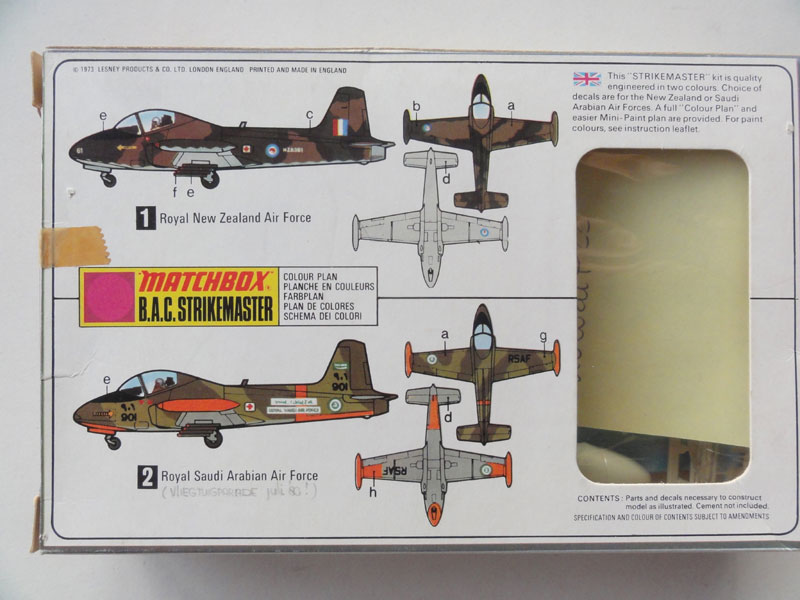
There are about 30 parts and a clear canopy in one piece. The rear sliding part of the canopy is moulded with the fuselage, so you can not set the canopy open.
The kit has almost no surface details and also has some very deep recessed "tranches". These were typical of Matchbox at the time. There are not a lot of them, so some filler will do the job, particularly at the upper fuselage behind the cockpit.
The canopy can only be set closed (without major surgery) as the aft canopy section is moulded with the fuselage. The cockpit is very very simple with a bulkhead and 1 piece for the rudimentary seats. The doors are a bit thick and the forward nose doors do not really fit. On parked Strikemasters these are set closed most of the time.
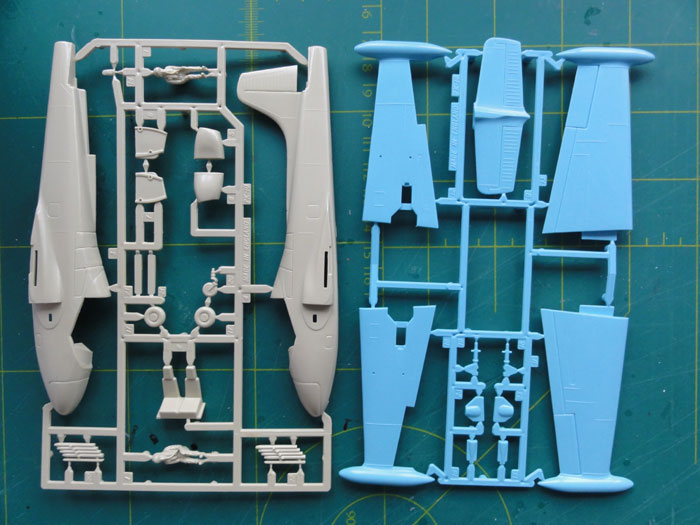
The old Matchbox kit with
the typical 2 colour plastic. 
![]()
Revell Germany
obtained the original moulds and re-issued the kit. On occasion of IPMS
The Netherlands 40 years and 10 years German DPMV modelclub celebration in 2011,
Revell issued a special 500 pieces limited edition for these clubs in 2011.
I got a few of these as IPMS Nederland member. Thanks Ulli from REVELL GERMANY for
this special goodie ;-)).
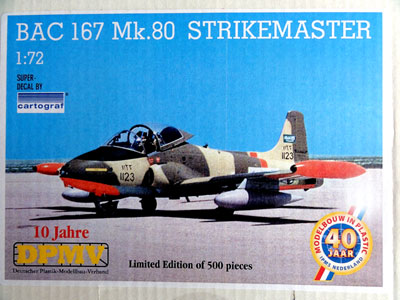

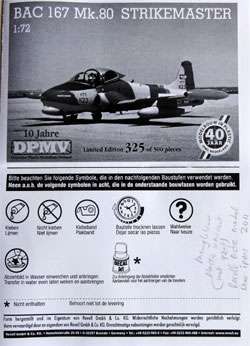 ...
...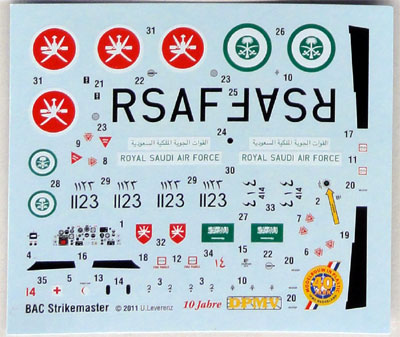
Each special issued Revell kit has
a different mixed plastic colour and is unique with kit number. Also a very special decals
were included with some club markings.
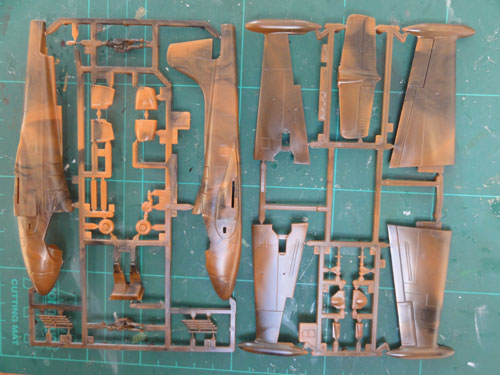
![]()
I had quite a lot of these kits "in
the loft".
Various World Air Forces used the
Strikemaster as a "poor mans" attack and training aircraft in the 1970s-1990s.
Some nice Strikemaster drawings and
profiles are shown in de Scale Aircraft Modelling
magazine of December 2015. This inspired me to make several
of these models with straight out of the box simple builds, concentrating
on markings and camouflages.
It should be noted that there are some variations in antenna layouts, depending on the delivered mark of the Strikemaster. But these are easily made.
The purchased XTRACOLOUR
decals sheet X72238
has dozens of air forces schemes. (This was described
on page 4 )
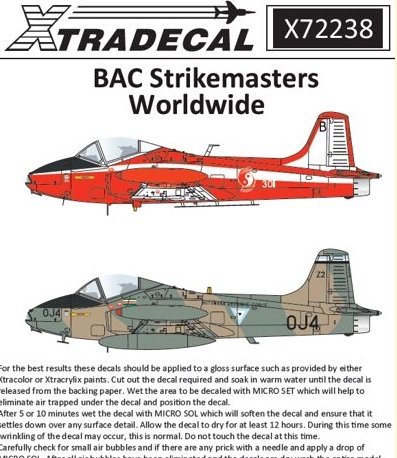
A lot of markings to make interesting models! It is noted though that only a few stencillings are fully provided, the rest of these need to be sourced from the spare decal box, the kits or elsewhere.
![]()
Some common remarks will first
be made regarding these simple kits.
The kit can only be made with a closed canopy as the aft section is one piece moulded with the fuselage spine. As a couple of older Airfix Strikemaster kits (see page 4) were made as well with opened canopies, it was decided to make all simpler MATCHBOX / REVELL kits with closed canopies. This will also limit the detailing work in the cockpit area.
- inside the cockpit a floor was made from plastic card with some detail on the sidewalls and aft of the seats the large gap was closed with plastic card as bulkhead.
- an instrument panel was made from spare decal from the decalbox. (the instrument coaming in the kit shows a triangle shape; this was made later made rectangular by enclosing it with plastic card).
- the seats from the kit are one piece #2. It does not fit very well, some of the locating lugs were removed. The part was a bit detailed with card and straps made from tape and painted to suggest the seats. Ejection seat handles were made from thin yellow sprue positioned forward on each head rest.
- a couple of pilot controls were added from sprue and a simple central console from card between seats and instrument panel.
- the model does not have the transparant nose glass section with landing lights. I will simply later paint this area silver with some dots of silver foil punched disks that will be given a few coats a highly gloss varnish. (But alternatively it can be cut out and some transparant sheet added).
- sometimes a small fairing is seen above the landding lights in the nose (for gun camera?). Check photos and add as needed.
- it is important to add SUFFICIENT nose weight in the nose as otherwise we get a "tail sitter".
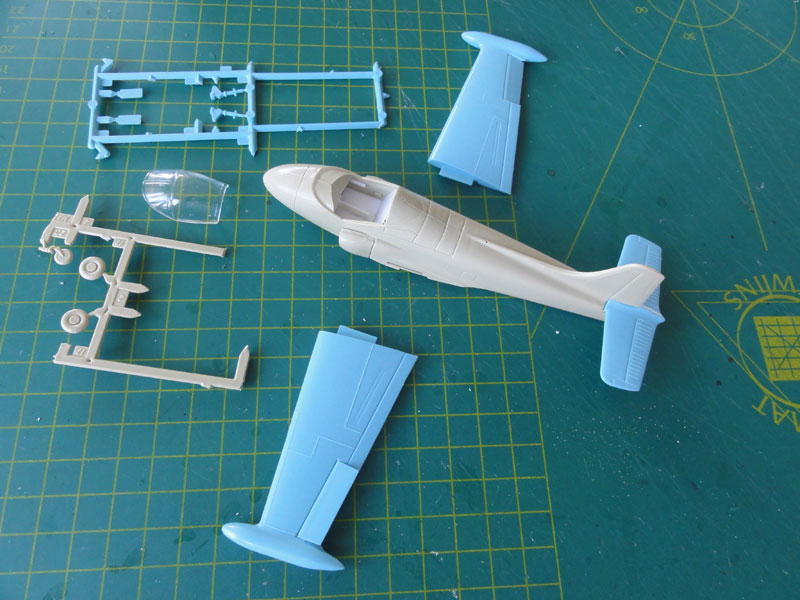
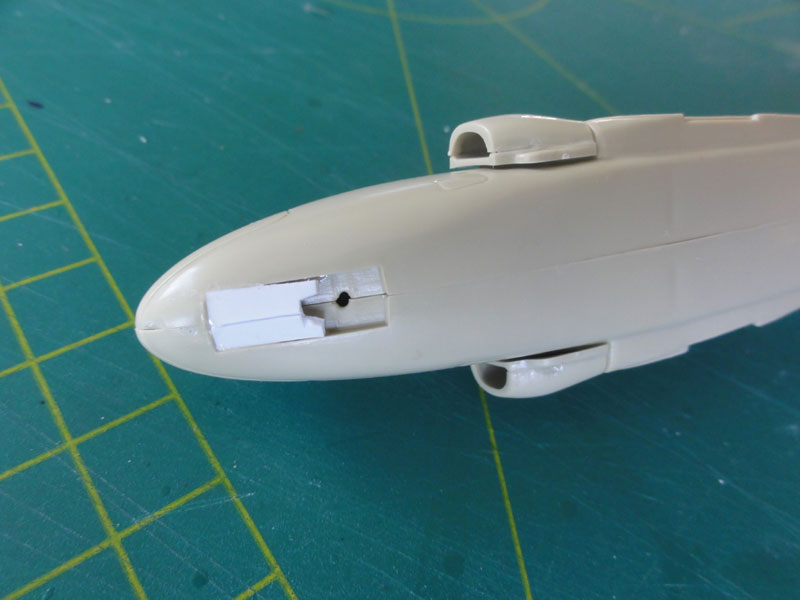
The nose gear bay doors are in the
kit but are mostly seen closed on parked Strikemasters, so with some card
this bay was closed and will be filled with putty. The "sink marks" of
some old kits were also filled.
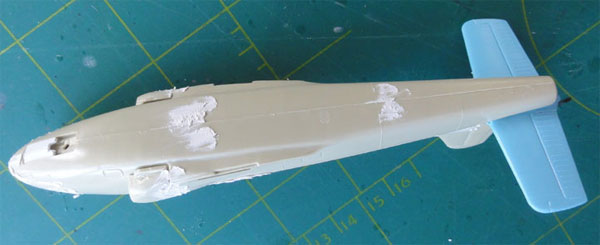
The fuselage and wing assembly went
quick and the deep trenches on the fuselage spine. When dried all was sanded
smooth. Also at the rear stabilizer and lower wing sections filler was
needed. So some effort but it can all be done.
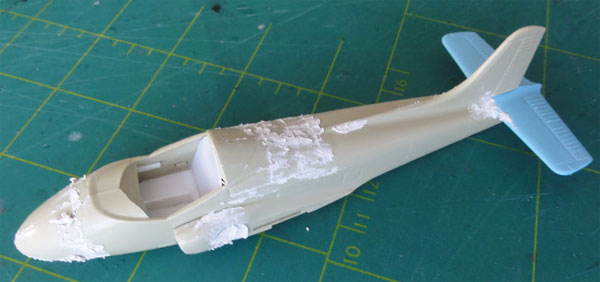
The wing-fuselage joints were closed
with filler as well. The inner gear bay doors #23, #24 are also closed
on parked aircraft, so these were set closed and needed some filler.
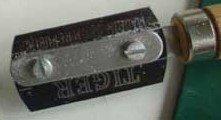
The wing flap and aileron edges were
sawed in with a TIGER razor saw, this suggests movable surfaces.
The clear canopy will be installed later on but must be set closed.
Now the basic model got a base grey colour airbrushing e.g Revell Aqua acrylic "Stein Grau" to check for any errors, these were corrected as needed. The airframe shows some tiny intake scoops, mostly at the upper fuselage. These are all missing from the kit so these were made from scrap plastic.
The model could now get it desired air force scheme. (SEE BELOW FOR EACH MODEL MADE).
The anti-glare panel was after masking airbrushed matt black and the rear exhaust area hand painted aluminium. The tail bumper was painted black.
Each model got, after getting their main colour schemes, a gloss varnish with U.S Johnson Future/ Pledge before putting on any decals. This will prevent "silvering".
Final model completion than was usually:
The cockpit tub and interior was now
painted; the cockpit interior is in most cases BSC381C:632 interior grey with black details. I
used a mix of dark grey and black with some dry brushing. The prepared
semi-black seats were installed as well as the missing 2 pilot controls. Instruments printed on decal sheet by myself were also added.
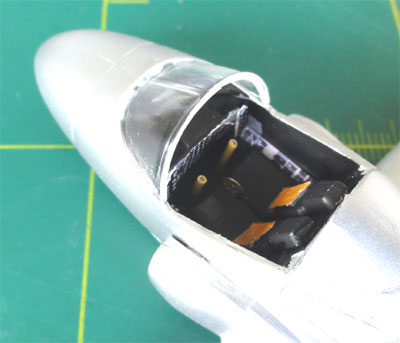
Installing the landing gear with tyres painted very dark grey / coal black with aluminium or light aircraft grey gear struts.
Now it was time for canopy installment that can only be set closed.
But first, the canopy framing was painted with a fine paint brush in the surrounding
camouflage colours.
Before closing the canopy, 2 small
gun sights for a Strikemaster were added on top of the instrument coaming made from tiny transparant
sheet.
Inside the forward canopy frame 2
small mirrors were installed made from small pieces of aluminium foil.
These can be seen when the canopy is closed.
There are some gaps around the canopy
when installing it; these were closed with white glue and when dried again
painted in the surrounding colours.
Various antenna's were checked and installed as well as some tiny red anti-collision lights on the spine (from transparant red plastic) and a "white rear" light at the tail-fuselage end. Note that all these lights and antenna's vary per mark of the Strikemaster and as per particular Air Force. There are no lights on the wing tip tanks.
Below the nose a pitot and next to that "home aerial array" antenna's are seen; added from scrap.
At the forward wing-fuselage junction on each side "above the corner" a tiny air flow guide vane was installed made from thin metal. This was painted in the surrounding colour.
The Strikemaster was armed so at the lower edge of the air intake, on both sides a small stubb from rod was added to suggest the 7.62 mm FN gun. Aft of the lower intake area 2 x 2 link ejection chute fairings were fitted that were missing from the kit. They were made from card and set in place.
After decalling and adding details,
some wash applied using PROMODELLER black with a fine brush at moving surface
edges etc.
And finally each model while protecting
the clear canopy areas got a semi-matt coat using my
usual techniques. This gives a nice consistent sheen.
[1] Strikemaster mk.83 of Botswana Air Force, operated 1980s, coded OJ4/ Z2
This aircraft has a wrap around camouflage
scheme and some masking was done as the camouflage demarcation seems to
be "hard".
Colours airbrushed were:
Medium green BSC381C: 642, for which
I used Gunze Sangyo 340;
Light tan using Revell Aqua 17 "Afrika
Braun" acrylic;
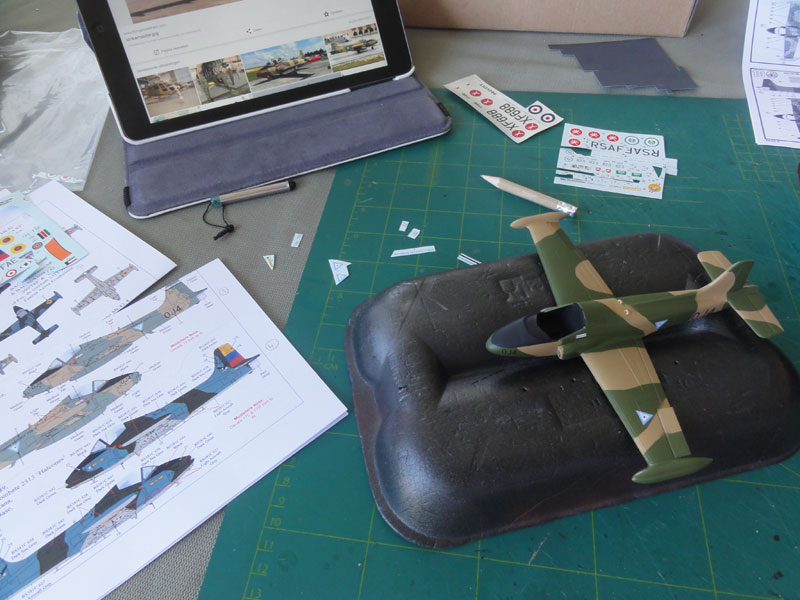
Decals were applied on the gloss
under surface using the discussed XTRADECAL sheet.

On many Strikemasters there is a
well seen white/ cream edge around the canopy and windscreen framing. These
stripes were applied with thin white stripes from e.g another standard
XTRADECAL sheet with coloured stripes (or use any other sheet you may have).
Details added were the pitot and "homer aerial array" antennas below the nose and a few antennas on the lower forward fuselage sides.
On the intakes and inner wing, black walkways made from decals were set in place. These were painted with a dull varnish.
On the right upper fuselage a UHF/VHF aerial was added.
The nose landing lights area was painted silver with some dots of silver foil punched disks and given a few coats a highly gloss varnish.
The wing tip fueltanks were given
a coloured tip with the paint brush: green on the right, red on the left.
(there are no lights on the tip tanks).
A special antenna was installed below
the fuselage (not not the usual long wire antenna).
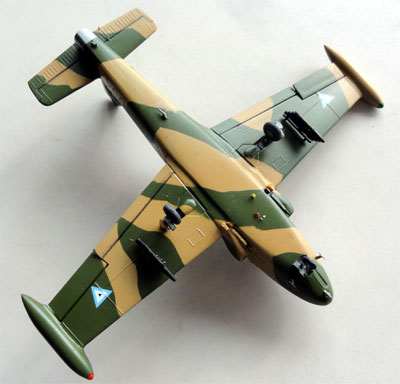
I wanted to add a little armament
so installed the unguided rockets from the kit. These were first painted
matt black.
The trim tab control rods (left side
rudder, upper left side elevator, lower right elevator) were also always
added made from metal wire and painted in the surrounding camo colour.
.....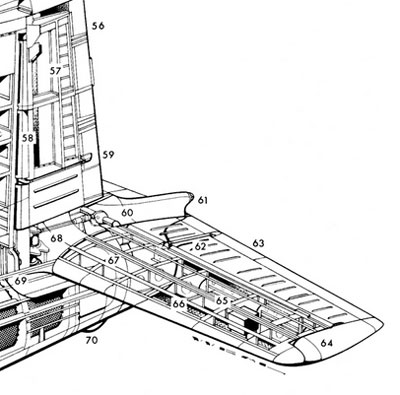
Final finishing was as described
in general above and that completed the model.
 ..
.. ....
....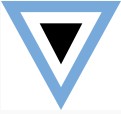 ................
................
[area: 581,730 sq.km | population: 2,4 million | capital: Gaborone | GDP nominal 7,500 USD per capita ]
Botswana (former Bechuana land) became independent in 1966. The Botswana Air wing was established as part of the Defence Force (BDF) in 1977. From 1988 some 13 Strikemasters mk 83 and mk 87 second hand aircraft were delivered. End 1990s and subsequent years followed 13 + 5 second hand refurbished Canadair CF-116 aircraft (a F-5 version). Transport aircraft are currently CASA C-212, CN-235 , C-103 and also some Defenders. Some helicopters are also operated like the Bell 412. Training is done with some Pilatus PC-7 aircraft. Air bases are the main base Thebephatshwa/Molepolole and others are the capital Gaborone and Francistown.
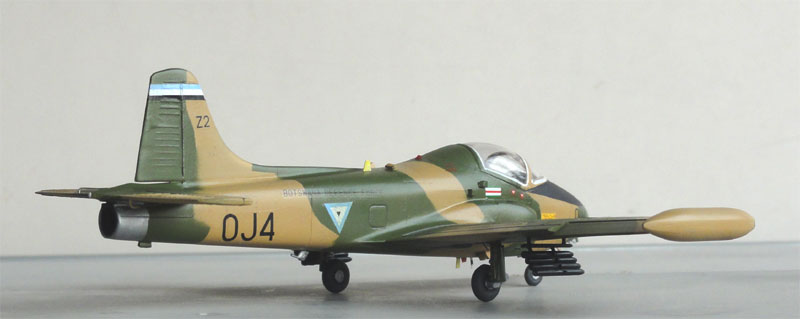
Botswana Strikemaster
mk. 83 "OJ4"/ Z2 (c/n PS75 and former ZG813) delivered September 1988 but
written off 12-12-1989. All remaining Strikemasters were out of service
in 1997 (and 2 were sold to Ecuador).
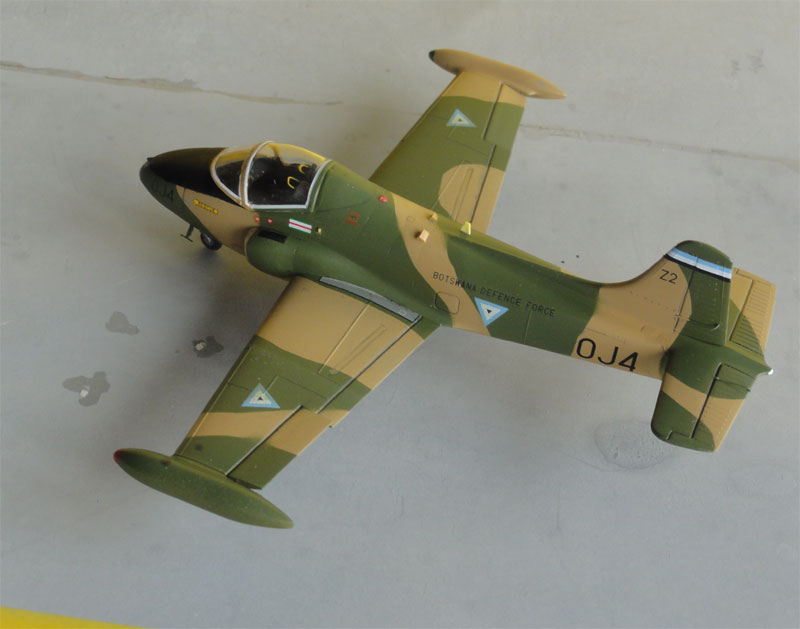
Note the canopy frames with thin
white/cream edges.

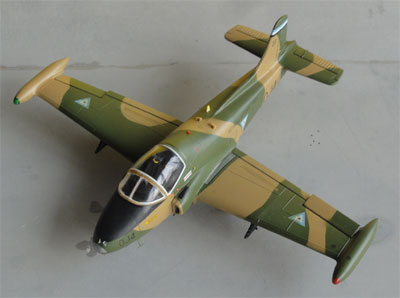 ..
..
[2] Strikemaster mk.81 of the former "South Yemen" Air Force, operated 1970s, coded 502
The next kit (but as released by Revell)
was made as described above.
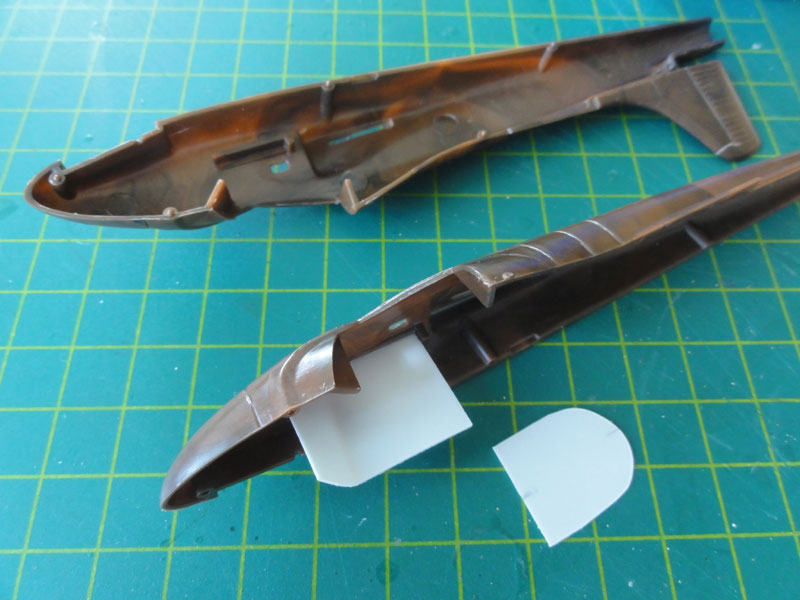
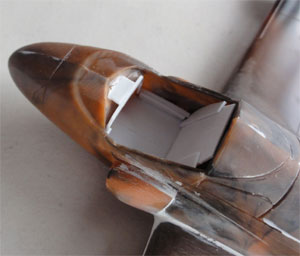
The Revell released kit for the DPMV and IPMS Nederland was made with the mixed
plastic colours. But the same as Matchbox kit.
. .
.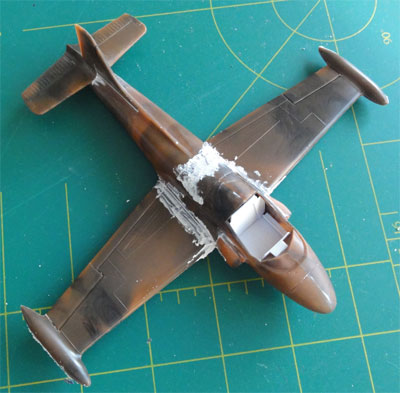
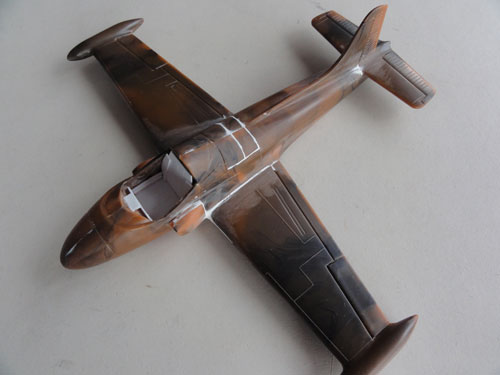
The desired colour scheme was for a Strikemaster mk. 81 of the former "South Yemen" Air Force in the 1970s (from the XTRADECAL sheet).
Colours airbrushed were:
Dark earth BSC381C: 450 using
Revell Aqua 82 dark earth;
Dark olive drab using Gunze Sangyo
304;
Light blue-grey on lower surfaces
using a mix of Revell Aqua 50 blue and 371 grey.
The black anti-glare panel was also applied in front of the windscreen.
The extra details were a long running ADF antenna below the fuselage and a couple of wing fuel tanks retrieved from an old Airfix Strikemaster kit.
Also, the canopy and windscreen got
the white/cream edges made from decal strips.
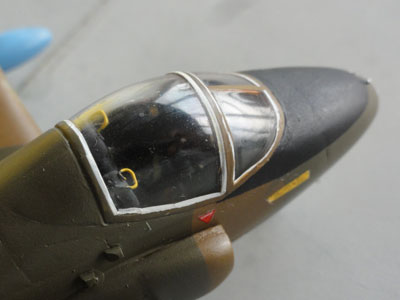
 .
. ..
..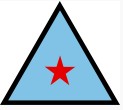 .....
.....
South Yemen markings 1967-1990
[current South Yemen: capital: Aden | area~ 360,000 sq.km ]
Yemen was one country in the British Commonwealth with a first air force being set up as early as 1962. During local conflicts in 1950s with British withdrawal, two countries were established: South Yemen (PDRY) and North Yemen (YAR). Of North Yemen, the first aircraft were MiG-15 and MiG-17 fighters.
The South Yemen air force was set up around 1967 supported by the British. Four Strikemaster mk.81 (?) were delivered as well as Beavers, Jet Provost mk.52 and a few Bell 47 helicopters.
Later in 1990 one country (Republic of Yemen) was established with an air force with Soviet equipment like MiG-21, MiG-29 and Su-22 but also F-5 aircraft were operated as well as a mix of helicopters and L-39 trainers. But as of today, there are many local wars and border conflicts with several clans and groups with involvement of neighbouring countries. North Yemen and South Yemen are separated and South Yemen is now under control of a marxist regime.
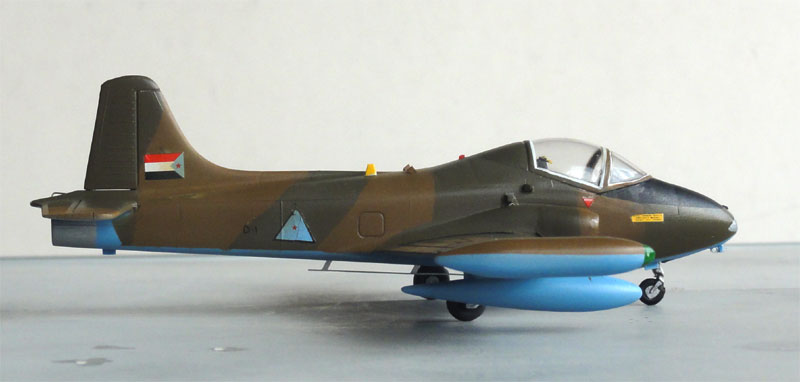
former South Yemen Strikemaster mk.81 ?
/ no.502

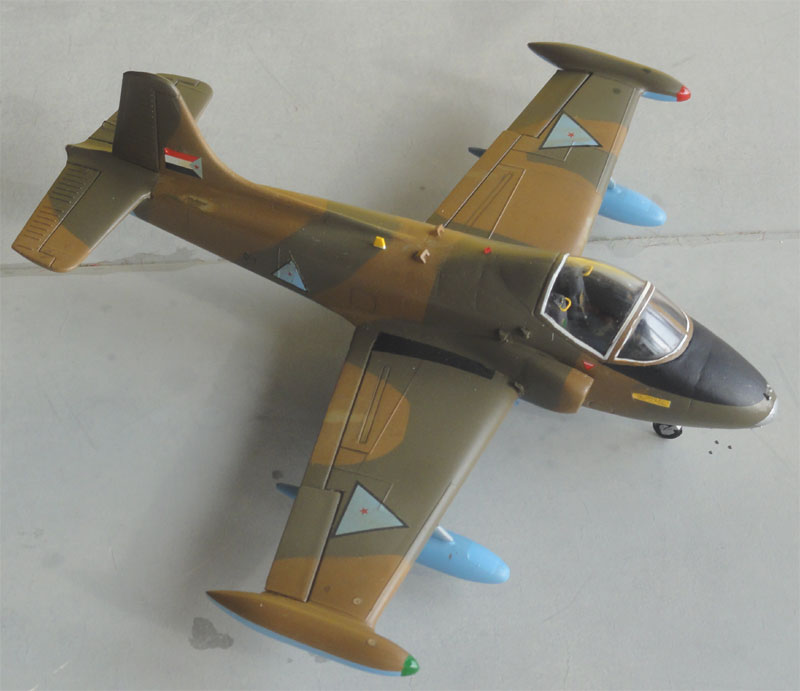
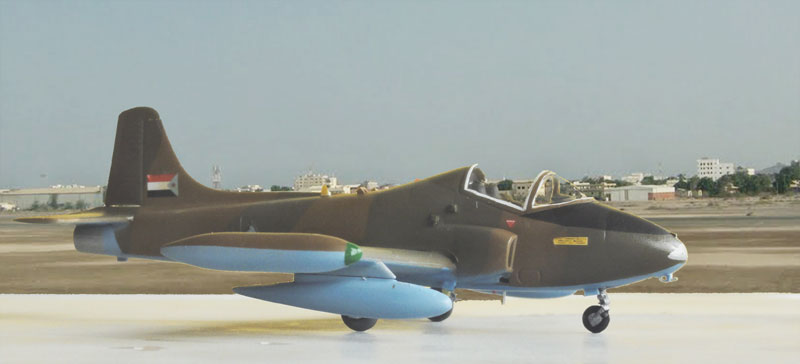
At Aden airport in "South Yemen"....
[3] Strikemaster mk.88 of the Royal New Zealand Air Force, operated by no.14 squadron at Ohakea air base in the 1980s, coded NZ364/64
The next kit (but as released by Revell) was made as described above and using the XTRADECAL sheet; (it seems to be a mk.88 and not mk.83).
Colours airbrushed were:
Forest green Fed.Std FS34079 using
Gunze Sangyo 309;
Tan FS30219 using Gunze Sangyo
310;
Dark green FS34102 using Gunze Sangyo
303;
and for the lower surfaces grey FS36622
using Gunze Sangyo 311;
The black anti-glare panel was also applied in front of the windscreen.
The extra details were a long running ADF antenna below the fuselage and also a couple of wing fuel tanks retrieved from an old Airfix Strikemaster kit.
[area: 268,000 km2 | population: 5,1 million | capital: Wellington| GDP nominal 48,000 USD per capita ]
The New Zealand
air force was established in 1923 in a British air force structure. In
the 1930s aircraft were Avro 504, Bristol fighters and other aircraft and
in 1937 it was an independent service. During the Second World War a lot
of air crew training was done for the British Commonwealth but soon also
combat operations were performed in the Pacific. After the Second World
War, aircraft used were the first jets with Meteors, Vampires and Venoms
and a large fleet of various transports. In 1969 came the A-4 Skyhawk and
from the 1970s some 16 BAC Strikemasters flying from Ohakea base. These
Strikemasters were later replaced in the 1990s by Aermacchi MB.339 aircraft.
After the "end
of the Cold War", military forces were drastically reduced. At the end
of the Twentieth Century, air force combat capability was very limited
with no fighters nor combat aircraft. Military aircraft are
surveillance
and patrol aircraft like 6 P-3 Orions and transports like the C-130.
Trainers
are Beech T-6 and some helicopters are also used including the Kaman
Seasprite. Some 10 new generation Super Seasprites SH-2G were ordered
May 2012 and some of the old SH-2F 's were sold. (these went to a
Canadian company and than Kaman and after upgrade sold to Peru). Since
2015 8 NHI NH-90 helicopters are flown which have a commercial
pay-by-the-hour service contract. Four
Boeing P-8 Poseidons will replace the old P-3 Orions in 2022/2023.
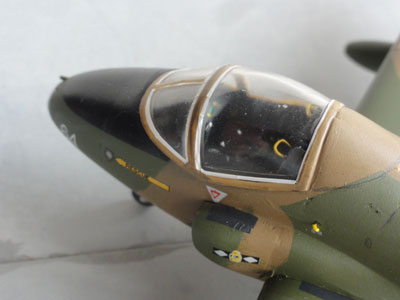

Strikemaster
mk.88 of the Royal New Zealand Air Force , no.14 squadron at Ohakea air
base in the 1980s, coded NZ364/64
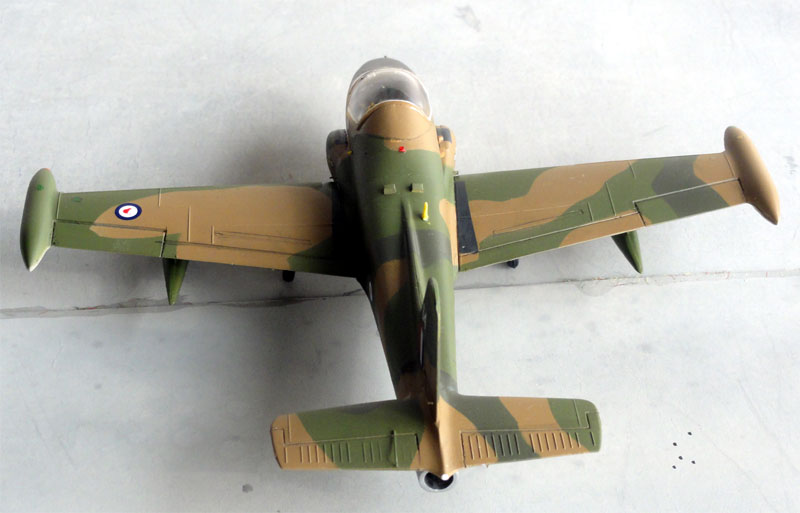
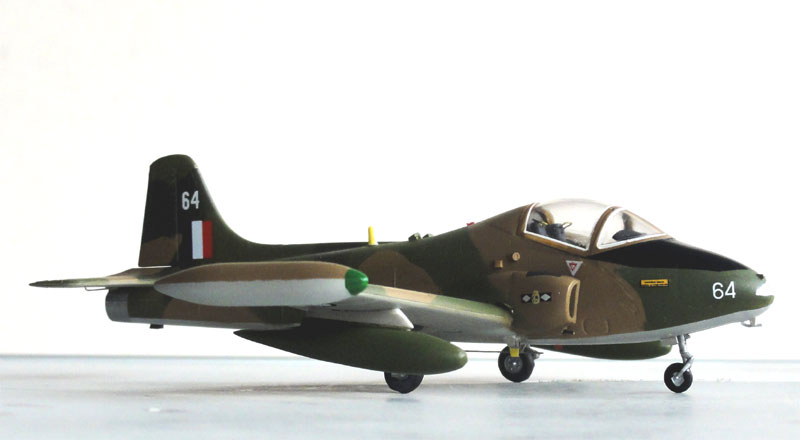
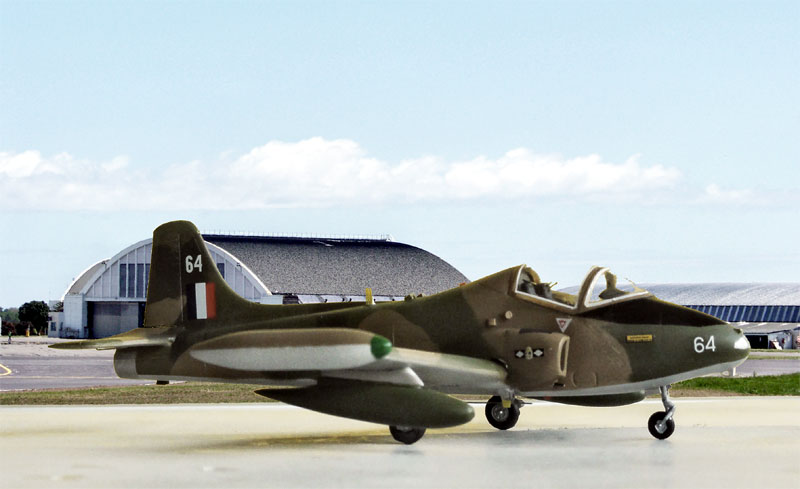
.
.. at
Ohakea air base, New Zealand.
On to next [ Page 6.....]
Back to 1/72 Models.......

(c) Copyright Meindert "designer"/ All rights reserved. Your comments are welcomed by webmaster
Created this page
October 19, 2016
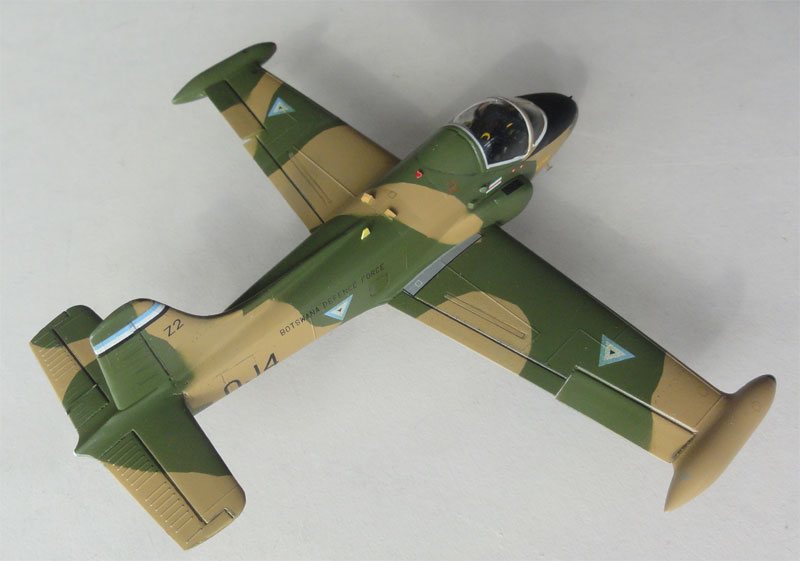
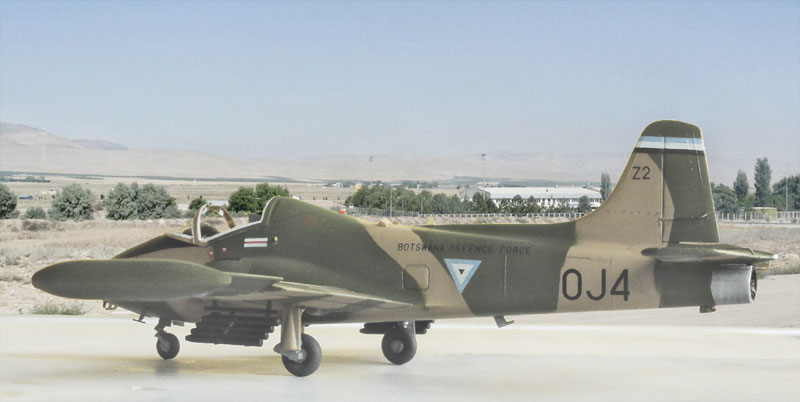
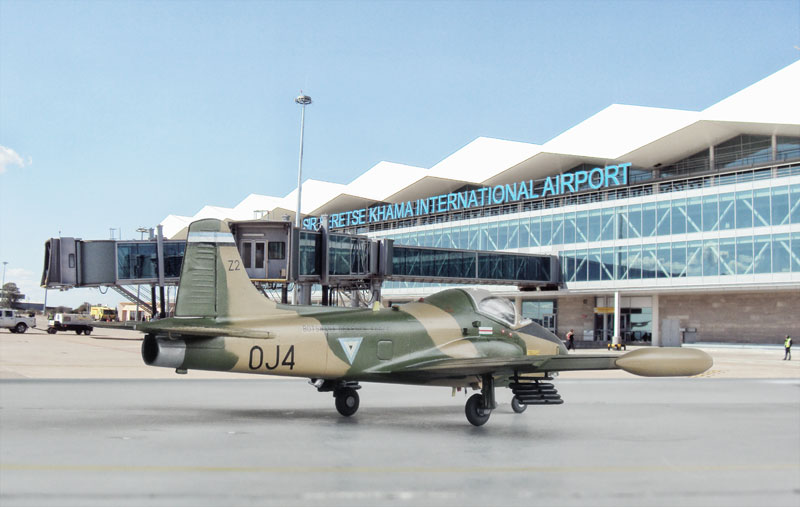
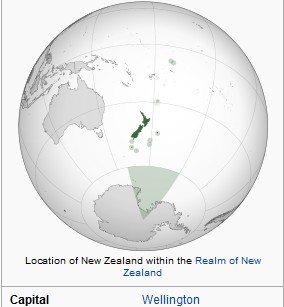 ...
... .....
.....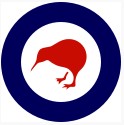 ...
...